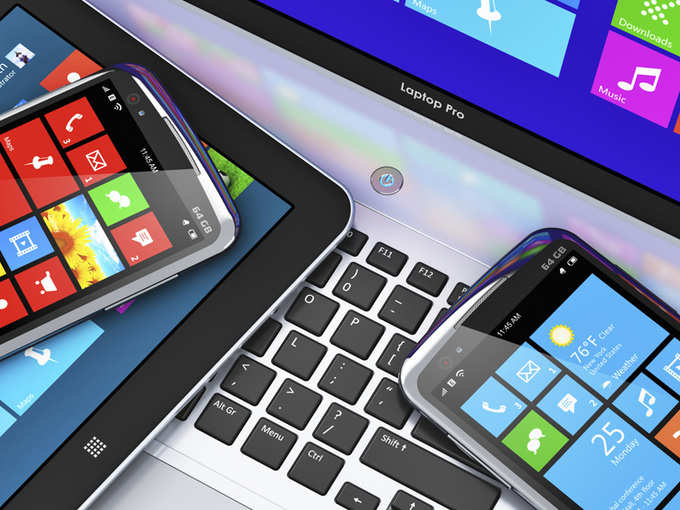 In the first part, we have looked at the extent of
In the first part, we have looked at the extent of Microsoft is firing blindly
Right now, Microsoft is like a headless monster whose pie is being eaten by two equally huge beasts –
Microsoft finds itself grappling with a new world where the personal computer, on which it built its empire, has no place. The chaos is apparent even in their flagship business – Windows. Windows 8.1, Windows Phone 8 and
But it has (nearly) endless ammo
However, it’s too early to write off Microsoft. Big companies don’t die easily. Apple has languished at the bottom of the industry for a decade and a half before it rose from the dead to become the world’s most valuable company.
Microsoft is still far above the rest with a market cap of $300 billion and cash piles of around $80 billion. Forbes contributor
The road ahead
There is a distinct possibility that Apple-quality smartphones and tablets will become commoditised. In such a scenario, software may once again dictate a user’s choice of hardware. However, Microsoft, or any other software company for that matter, will not be able to take advantage of such a shift.
Thanks to Apple and the
Companies can no longer do a Windows and make profit by selling unified software for other companies’ hardware because code is now a commodity. Indian tech firms have risen to prominence on the strength of their coding skills, unlike the Far East’s hardware manufacturing titans. So this is a slow but definite turn of events of which they need to take very serious note.
Trickle-up instead of trickle-down
Whatever Microsoft’s future might be, Indian homes and workplaces will have to extricate themselves from their dependency on Microsoft software and technology. So that when the world moves on to Android’s next delicacy,
Change has to start from schools, colleges, institutes and offices. The process has begun, but not as a result of conscious effort; therefore, only a few are aware of it. On the education front, Aakash 2, the much-publicised and subsidised tablet for students, operates on Android 4.0. In the industry, small firms which used to be known as software companies, have leveraged the transformation of the Internet and rebranded themselves as Web & app development firms. PHP and other open source languages are becoming the mainstay of programming and coding in India, reducing the use of Microsoft’s .NET (which includes the once all-powerful Visual Basic) to just an option.
How change will impact us
The Indian IT industry should be able to comprehend these changes and must adapt quickly. Organisations and individuals in the US and Europe, places from where India gets the bulk of its back-office processing work, have moved on to more nimble platforms, devices, operating systems and productivity tools. But Indian firms, with their service-focused mindset, are always late adopters of technology (that has been tried and tested in the West) and that puts them at the risk of getting pushed to the bottom in terms of innovation and growth.
The local bigwigs – TCS,
To achieve great success, businesses need to embrace great failures and take on immense capital risk. Subroto Bagchi, co-founder of
TCS and Infosys have the capability to
Kiran Mazumdar-Shaw, CMD of
Investors in India prefer predictable, imitative business models and me-too products, where they have the visibility of assured returns. Thus, Flipkart – which is modelled on
Innovation, investment and marketing are the three legs on which businesses are built. Remove one and the tripod comes crumbling down. Bereft of innovation, Microsoft risks turning into just any other company. Closer home, Infosys is making similar mistakes.
It’s time we stop ‘looking up’ to people, companies, governments or technology and start ‘looking beyond’ them.